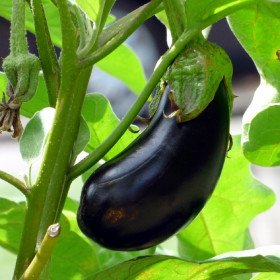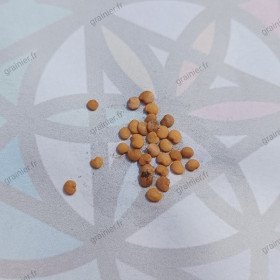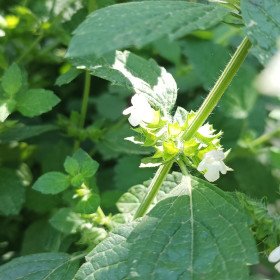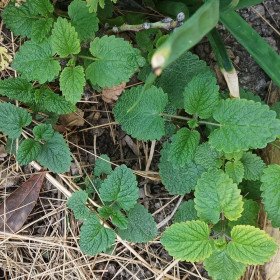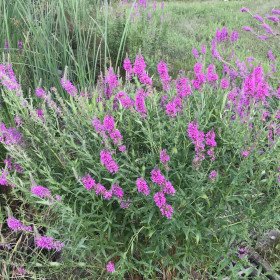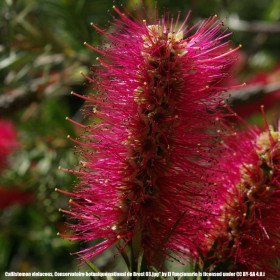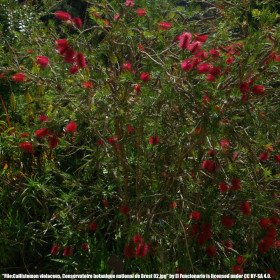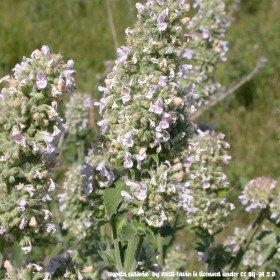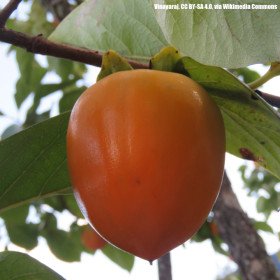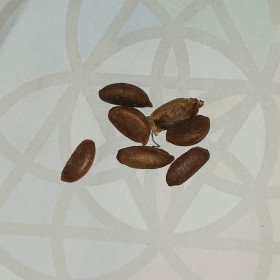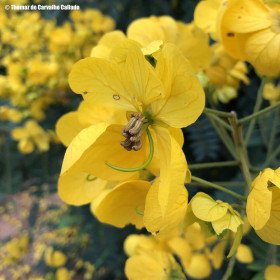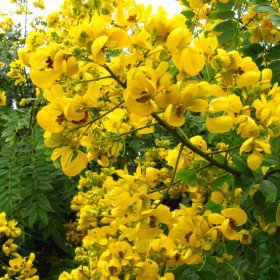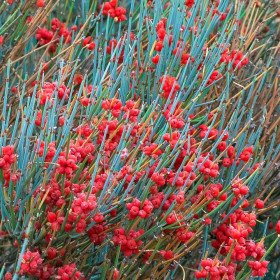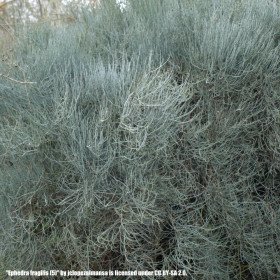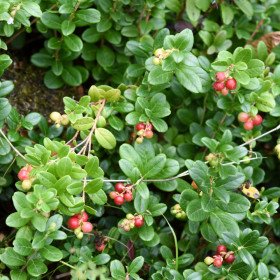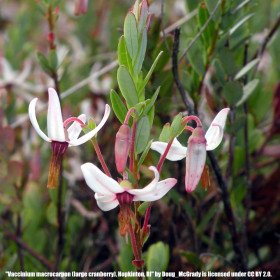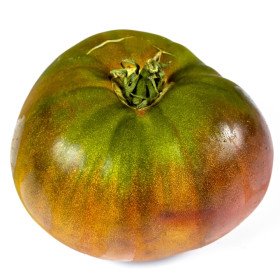10 Graines Arnica des montagnes, Arnica montana
10 Graines Arnica des montagnes, Arnica montana
- Modèle : 10 Graines Arnica des montagnes, Arnica montana
- Disponibilité : INDISPONIBLE
- 1,50€
Me contacter dès que le produit est disponible
Arnica des montagnes, Arnica montana |
L’Arnica des montagnes ou Arnica montana est une espèce de plantes herbacées vivace rhizomateuse du genre Arnica et de la famille des Asteraceae. Cette plante européenne principalement montagnarde est typique des sols acides et pauvres en éléments nutritifs1. Ses populations, fortement malmenées par l'agriculture intensive, deviennent de plus en plus rares. Cette situation lui vaut d'ailleurs d'être nommée dans de nombreux textes de loi la protégeant et particulièrement dans la Directive habitats européenne.
10 graines - taux de germination 60 %
En médecine traditionnelle, l'arnica des montagnes est décrite dans des pharmacopées européennes pour son usage dans le traitement de petits traumatismes comme les hématomes mais cet usage n'est pas soutenu par des études scientifiques4. Les études sur les préparations homéopathiques n'ont pas montré d'efficacité supérieure à un placebo. Mais quelques études récentes, notamment sur un œdème de rat, ont montré que la molécule la plus active de l'arnica serait l'hélénaline, comme anti-inflammatoire, à des doses inférieures à celles habituellement données avec des médicaments comportant les molécules indométacine et phénylbutazone, d'après une thèse de pharmacognosie.
Afin de fournir les laboratoires pharmaceutiques, dont la demande européenne annuelle est estimée à 50 tonnes de capitules secs, l'arnica est cueillie à l'état sauvage7. Cependant, la demande croissante en produits phytothérapeutiques et homéopathiques et sa rareté semblent inconciliables. En effet, devant la raréfaction des stations sauvages causée par les pratiques agricoles modernes, la cueillette tend à se concentrer sur quelques sites et à les surexploiter3. De plus, sa culture reste à l'heure actuelle aléatoire tant ses exigences sont nombreuses.
Néanmoins, des alternatives se mettent en place : la recherche sur sa culture avance, l'Allemagne et la communauté européenne ont ouvert leur pharmacopée pour accueillir une plante thérapeutiquement équivalente tandis que d'autres mettent en place des conventions entre les différentes parties en jeu afin de concilier économie et écologie
Plante vivace de 20 à 40 cm, à rosette, l'Arnica des montagnes (Arnica montana var. montana) fleurit entre mai et août selon les étages de végétation. Elle est pollinisée par les insectes et ses graines sont dispersées par le vent.
Toute la plante est de couleur vert pâle et couverte de poils glanduleux très odorants (trichomes). Cette plante est facilement reconnaissable d'une part grâce à ses feuilles basilaires sessiles, ovales et à nervures longitudinales saillantes en dessous ; l'ensemble des rosettes forme couramment des plaques compactes. D'autre part, elle s'identifie aisément grâce à sa hampe florale de 20 à 40 cm munie de 2 petites feuilles caulinaires opposées ou sub-opposées. Ses capitules jaune-orangé sont assez grands (6-8 cm) et solitaires (ou réunis par 3 ou 4), dégageant une forte odeur aromatique caractéristique. Comme chez beaucoup d'Asteraceae, le capitule est composé de fleurs ligulées femelles (longueur : 20-30 mm) et de fleurs tubulées hermaphrodites (longueur : 15 mm).
Le fruit est un akène dont la graine est légèrement velue et aussi longue que l'aigrette de soies blanchâtres et non plumeuses qui la surmonte.
Contenu soumis à la licence CC-BY-SA 3.0. Source : Article Arnica des montagnes de Wikipédia en français (auteurs)
Etiquettes : arnica, montagnes, montana, GRAINES DE FLEURS & ARBRES Arnica des montagnes, Arnica montana, Aromatiques & médicinales Arnica des montagnes, Arnica montana, Exotiques & Rares Arnica des montagnes, Arnica montana, Fleurs & Herbes ornementales Arnica des montagnes, Arnica montana, GRAINES POTAGÈRES & AROMATIQUES Arnica des montagnes, Arnica montana, Arnica des montagnes, Arnica montana GRAINES DE FLEURS & ARBRES, Arnica des montagnes, Arnica montana Aromatiques & médicinales, Arnica des montagnes, Arnica montana Exotiques & Rares, Arnica des montagnes, Arnica montana Fleurs & Herbes ornementales, Arnica des montagnes, Arnica montana GRAINES POTAGÈRES & AROMATIQUES


